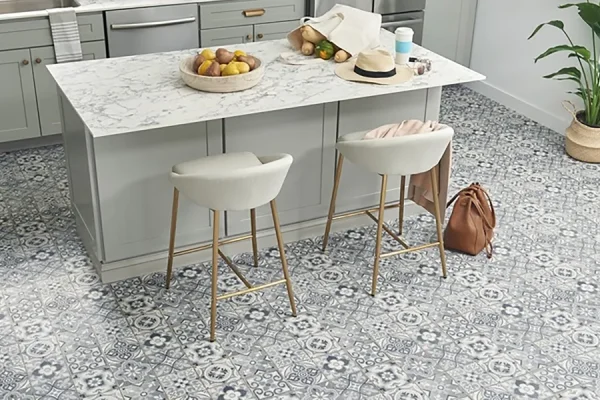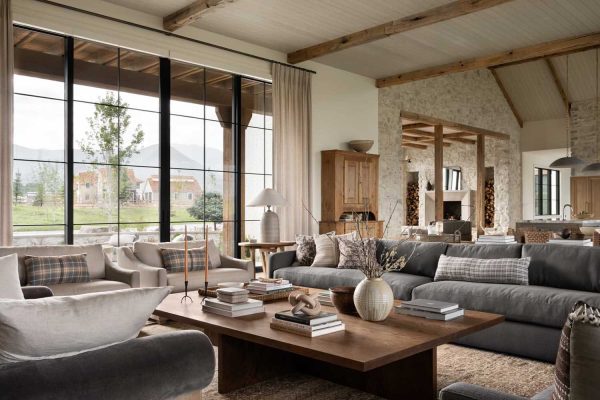How to Use Natural Light to Enhance Your Photos
Natural light is beautiful, and it’s abundant. You still need some effort and investment to work with artificial light, but natural light is free to use if you know how to work with it. As a beginner photographer, the first challenge you face is to utilize natural light in a way that can positively impact your photography. It’s easy to invest in artificial lighting and play around with it. Because it’s constant and predictable. The challenge is to work with a light source that changes throughout the day and is never entirely predictable. This discussion will discuss those aspects of working with natural light.
Shoot in the mornings and afternoons
The best light to work in is when you shoot in the morning and afternoons. The light is softest during the morning and the afternoons (depending on the latitude and time of the year it can vary between afternoon and late afternoon). This is because the sun is lower on the horizon, producing this soft light. Because this light is soft and warm, it becomes the perfect example of a flattering light for shooting portraits.
Avoid the hard day mid daylight
The one time of the day you should avoid shooting in is around mid-day when the sun is directly overhead. During this time, the sun makes it difficult to produce images because the light is hard and comes down directly from above a subject’s head. This produces hard shadows under the chin and the nose and produces what is known as raccoon eyes.
If you’ve to, This will diffuser the light creating what is known as “flattering light” for portraits. You can use a building or a wall for shadow. If nothing works, use a piece of cloth to create shade.
Utilize the shadows and highlights to create depth and dimension in your images
This does not have to do with portrait photography. You can use this tip for other photography genres like landscape. Use the shadows and highlights naturally produced at different times of the day to capture depth and dimension in your photos.
Photography is essentially a two-dimensional art form that attempts to capture something three-dimensional. Sounds impractical, but there are ways in wbich you can make this possible: to play with highlights and shadows in your photos. Shadows create texture while highlights brighten parts of an image, two ways you can use to incorporate depth and dimension in your photos.








